Red Light Therapy for Depression: A Natural Alternative to Medication?
Feeling down? Tired of the medication merry-go-round? You're not alone. Millions grapple with depression's heavy hand, searching for relief beyond the pill bottle.
What if we told you a simple beam of light could hold the key?
Today, we're shining a light on red light therapy – a promising, natural approach to tackling major depression. Let's explore if red light therapy could be your beacon of hope.
Does Red Light Therapy Work for Depression?
Let's cut to the chase: yes, research by Harvard Medical School suggests red light therapy can genuinely help with depression. But before you go grabbing your nearest flashlight, there are a few things to unpack.

-
It's not magic: Red light therapy isn't a miracle cure. Think of it more like a supportive tool in your mental health toolbox.
-
Science backs it up: Multiple studies have shown improvements in depressive symptoms with consistent red light therapy use. We're talking about things like better mood, increased energy, and reduced anxiety.
-
It's not just for seasonal depression: While red light therapy has been a go-to for Seasonal Affective Disorder (SAD), it shows promise for non-seasonal depression, too.
So how does it work? Well, it's all about those brainwaves, baby. Low-level laser therapy seems to stimulate activity in the mitochondria (the powerhouses of your cells), leading to a cascade of positive effects. Think increased serotonin (your "happy hormone"), reduced inflammation, and even improved sleep patterns.
Does Red Light Therapy Help With Seasonal Depression (SAD)?
If shorter days and dwindling sunlight leave you feeling down in the dumps, you might be battling Seasonal Affective Disorder (SAD).
Seasonal Affective Disorder (SAD) is a type of depression that typically occurs during the fall and winter months when daylight is limited. It’s believed to be triggered by reduced sunlight, which can disrupt your body’s internal clock (circadian rhythm) and lower serotonin levels—a neurotransmitter that plays a key role in mood regulation.

Common symptoms include:
-
Persistent feelings of sadness or hopelessness
-
Fatigue or low energy
-
Difficulty concentrating
-
Changes in sleep patterns (often oversleeping)
-
Changes in appetite (often craving carbs)
-
Loss of interest in activities once enjoyed
And guess what? Red light therapy could be your wintertime wingman.
-
Mimicking Sunshine: Red light therapy can help replicate the effects of natural sunlight, which is often lacking during winter months.
-
Regulating Melatonin: Red light can help reset your internal clock and improve sleep patterns by influencing your body's production of melatonin (the sleep hormone), which is crucial for combating SAD.
-
Mood-Boosting Benefits: As discussed earlier, the potential serotonin and dopamine boost from red light therapy could also help lift your spirits during those gloomy days.
Several studies back this up, showing red light therapy as effective as traditional light boxes for SAD active treatment.
So, if you're dreading the winter blues, consider adding red light therapy to your SAD-busting arsenal. It might just be the sunshine you need, even when the real deal hides behind the clouds.
💡 Tips:
Other treatments, such as psychotherapy, medication, and lifestyle changes—like increasing your exposure to natural sunlight—can also play a significant role in managing seasonal affective disorder.
Combining these approaches with red light therapy may offer even more relief during the dark months, helping you regain energy and improve your mood.
How to Use Red Light Therapy for Depression
Ready to give near-infrared light therapy a shot? Here's the lowdown on how to use it effectively:

The Basics
-
Get the right gear: You'll need a red light therapy device. Look for one that emits light in the 600-900nm range (this is the sweet spot for therapeutic benefits).
-
Position yourself: Place the device about 6-12 inches from your skin. You can target specific areas (like your forehead or chest) or go for full-body effective treatment.
-
Time it right: Start with short sessions (5-10 minutes) and gradually increase as you get used to it. Most folks aim for 10-20 minutes per session.
-
Be consistent: Like any wellness practice, consistency is key. Aim for daily sessions, ideally in the morning to help regulate your circadian rhythm.
💡 Pro Tips
-
Protect your eyes: Most devices come with goggles, but if yours doesn't, grab a pair. You want to avoid looking directly at the light.
-
Start slow: If you're new to red light therapy, ease into it. Pay attention to how your body feels and adjust your sessions accordingly.
-
Combine it with other practices: Red light therapy works great alongside other mental health strategies like exercise, meditation, and therapy.
Red light therapy isn't a quick fix. It takes time and consistency to see results. But with patience and a bit of dedication, you might find it a valuable addition to your mental health toolkit.
How Long Does Red Light Therapy Take to Work?
We get it. You want results, and you want them now. But like any worthwhile endeavor, red light therapy requires a bit of patience.
So, how long does it really take to see a difference in your mood?
-
The Early Bird: Some people notice subtle shifts within the first week or two, like improved sleep or a slight lift in their mood.
-
The Steady Climber: For most, noticeable improvements in depression symptoms kick in around the 4-6 week mark with consistent use.
-
The Long Haul: It can take up to 12 weeks to experience the full benefits of red light therapy for depression.
Remember, everyone's different. Factors like the severity of your depression, the type of device you're using, and even your individual biology can play a role.
Don't Give Up Too Soon
It's easy to get discouraged if you don't see immediate results. But stick with it. The potential long-term benefits are worth the wait.
-
Track your progress: Keep a journal to monitor your mood, sleep patterns, and any other changes you notice. This can help you stay motivated and see the subtle shifts that might be happening.
-
Talk to your doctor: If you're not seeing any improvement after a few months, don't hesitate to reach out to your healthcare provider. They can help you assess whether red light therapy is the right fit for you or suggest other mental health treatment options.
The journey to better mental health is rarely a straight line. But with persistence and a little bit of light, you might just find the relief you've been searching for.
Red Light Therapy's Mental Health Benefits
While depression relief is a major draw, red light therapy has a few more tricks up its sleeve when it comes to your mental well-being. Let's find out:

Source: https://onemind.org/
Mood Booster
-
Serotonin Surge: Red light stimulates the production of serotonin, a neurotransmitter linked to happiness and well-being.
-
Dopamine Delight: Some studies suggest red light exposure can also boost dopamine, another feel-good chemical in your brain, resulting in curing mood disorders.
Anxiety Reducer
-
Chill Vibes: Red light may help calm your nervous system, leading to reduced anxiety and a greater sense of peace.
-
Stress Buster: By promoting relaxation, red light therapy also helps you manage everyday stressors more effectively.
Sleep Savior
-
Regulated Rhythms: Exposure to red light in the morning can help regulate your sleep-wake cycle, leading to better sleep quality.
-
Improved Sleep: Studies on red light therapy for poor sleep quality have shown that red light therapy can help you fall asleep faster and stay asleep longer.
Cognitive Enhancer
-
Mental Clarity: Some users report improved focus and concentration after red light therapy sessions.
-
Memory Boost: Emerging clinical research suggests red light can even enhance memory and cognitive function.
Beyond the Brain
-
Reduced Inflammation: Red light has anti-inflammatory effects, which may indirectly benefit mental health by improving overall well-being.
-
Pain Relief: If chronic pain is contributing to your mental health struggles, red light therapy's pain-relieving properties could offer some relief.
Research on these additional benefits is still ongoing. However, the early findings are promising, suggesting that red light therapy can be a versatile tool for supporting your mental health.
Can Red Light Therapy Increase Serotonin?
The short answer is potentially YES.
We know serotonin plays a starring role in mood regulation. And emerging research suggests that red light therapy can nudge those serotonin levels upwards.

Source: https://www.psychiatrist.com/
Here's the breakdown:
-
Mitochondrial Magic: Red light stimulates activity in your mitochondria, those tiny powerhouses within your cells. Turns out, healthy mitochondria are linked to increased serotonin production.
-
Brain Boost: Some studies have found that red light therapy can increase blood flow to the brain, potentially influencing neurotransmitter activity, including serotonin.
Red light therapy could be the extra push your brain needs to produce a little more serotonin, contributing to an overall improved mood.
💡 Pro Tip:
Combine red light therapy with other serotonin-boosting activities like exercise, spending time in nature, and eating a balanced diet to maximize its potential benefits.
What Does Red Light Do to Your Brain?
We know red light therapy seems to have a positive effect on mood, but what's actually happening up there in your noggin?

The Cellular Power-Up
At its core, red light therapy supercharges your cells. It works by stimulating the mitochondria – those tiny energy factories inside every cell. When your mitochondria are humming along happily, they produce more ATP (cellular energy). This extra energy boost has a ripple effect throughout your body, including your brain.
The Brain Connection
-
Increased Blood Flow: Red light therapy can improve blood circulation in your brain. This means more oxygen and nutrients are delivered to those hungry brain cells, potentially leading to better cognitive function and mood regulation.
-
Reduced Inflammation: Inflammation is a sneaky culprit behind many health issues, including depression. Red light has anti-inflammatory effects, which can help create a healthier environment for your brain to thrive.
-
Neurotransmitter Nudge: As mentioned earlier, red light therapy also encourages your brain to produce more feel-good neurotransmitters like serotonin and dopamine.
Consider red light therapy as giving your brain a gentle hug. It's not a shock to the system, but rather a subtle shift towards a more balanced and energized state.
What Color Light Therapy is Best for Anxiety?
While red light therapy has its merits, it might not be the top pick for specifically targeting anxiety. When it comes to calming those racing thoughts and easing that knot in your stomach, green light therapy often takes the spotlight.

Visible Light Spectrum
Source: https://www.sciencefacts.net/visible-light.html
Here's the deal:
-
Green light's calming effect: Research suggests green light stimulates the production of alpha brainwaves, which are associated with a relaxed, meditative state.
-
Reduced cortisol: Some studies indicate that green light can help lower cortisol levels, your body's stress hormone.
-
Migraine relief: If anxiety triggers migraines, the green light could be a double whammy, as it's been shown to help reduce their frequency and severity.
But hey, don't discount red light entirely.
-
Indirect benefits: Red light's potential to improve sleep and boost mood can indirectly ease anxiety symptoms.
-
Combination therapy: Some folks find success using both red and green light therapy as part of their anxiety-management routine.
If anxiety is your primary concern, green light therapy could be your best bet. But if you're dealing with a mix of depression and anxiety, consider exploring red light therapy or even a combination approach. Remember, the key is finding what works best for you.
💡 Pro Tip:
Consult with a healthcare professional to discuss your specific anxiety symptoms and the best light therapy options for your needs. They can help you create a personalized plan to illuminate your path to a calmer mind.
⭐️ Further Reading:
LED Light Therapy Color Guide: Red, Blue, Green Light Therapy
Red Light Therapy: Not For Everyone
While red light therapy is generally safe, it’s not a one-size-fits-all solution. Certain folks should proceed with caution or steer clear altogether:
-
Photosensitivity: If you're taking meds that make your skin or eyes sensitive to light, red light therapy might not be your friend.
-
Eye Conditions: Do you have any existing eye issues? If so, it's best to chat with your eye doctor before trying red light therapy.
-
Pregnancy & Breastfeeding: The jury's still out on the safety of red light therapy during these stages. Play it safe and skip it for now.
If in doubt, check it out. Always consult with your doctor before starting any new treatment, including red light therapy. They can assess your individual situation and advise you on whether it's a safe and appropriate option for you.
Ready to Step into the Light?
Red bright light therapy isn't a magic wand, but it might just be a ray of hope for those grappling with major depressive disorder. It's backed by science, offers a spectrum of potential benefits, and could be a natural alternative or complement to traditional treatments. So, if you're ready to explore this promising avenue, start slow, be patient, and listen to your body.
Key takeaways
-
Red light therapy can help with depression
-
It works by boosting cellular energy and influencing brain activity
-
It's not an overnight fix, but consistent use can lead to significant improvements
-
Consider combining it with other mental health practices for optimal results
-
Always talk to your doctor before starting any new treatment
At Homlyns, we believe that true well-being starts at home. Just as red light therapy devices bring warmth and healing to your mind and body, our home heating solutions create a cozy sanctuary where you can truly unwind and recharge. Because when you feel comfortable, you feel better – inside and out.
Reference:
- Bedrosian TA, Nelson RJ. Timing of light exposure affects mood and brain circuits. Transl Psychiatry. 2017;7(1):e1017. Published 2017 Jan 31. doi:10.1038/tp.2016.262
- DE Oliveira MF, Johnson DS, Demchak T, Tomazoni SS, Leal-Junior EC. Low-intensity LASER and LED (photobiomodulation therapy) for pain control of the most common musculoskeletal conditions. Eur J Phys Rehabil Med. 2022;58(2):282-289. doi:10.23736/S1973-9087.21.07236-1
- Hamblin MR. Mechanisms and applications of the anti-inflammatory effects of photobiomodulation. AIMS Biophys. 2017;4(3):337-361. doi:10.3934/biophy.2017.3.337
- Harrison SJ, Tyrer AE, Levitan RD, et al. Light therapy and serotonin transporter binding in the anterior cingulate and prefrontal cortex. Acta Psychiatr Scand. 2015;132(5):379-388. doi:10.1111/acps.12424
- Jung CM, Khalsa SB, Scheer FA, et al. Acute effects of bright light exposure on cortisol levels. J Biol Rhythms. 2010;25(3):208-216. doi:10.1177/0748730410368413
- Naeser MA, Zafonte R, Krengel MH, et al. Significant improvements in cognitive performance post-transcranial, red/near-infrared light-emitting diode treatments in chronic, mild traumatic brain injury: open-protocol study. J Neurotrauma. 2014;31(11):1008-1017. doi:10.1089/neu.2013.3244
- Parry BL, Maurer EL. Light treatment of mood disorders. Dialogues Clin Neurosci. 2003;5(4):353-365. doi:10.31887/DCNS.2003.5.4/bparry
- Reeves GM, Nijjar GV, Langenberg P, et al. Improvement in depression scores after 1 hour of light therapy treatment in patients with seasonal affective disorder. J Nerv Ment Dis. 2012;200(1):51-55. doi:10.1097/NMD.0b013e31823e56ca
- Zhao J, Tian Y, Nie J, Xu J, Liu D. Red light and the sleep quality and endurance performance of Chinese female basketball players. J Athl Train. 2012;47(6):673-678. doi:10.4085/1062-6050-47.6.08




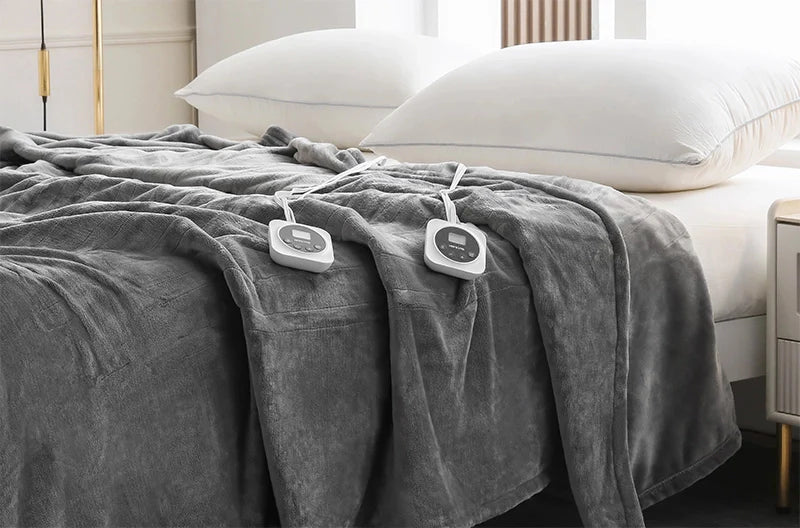
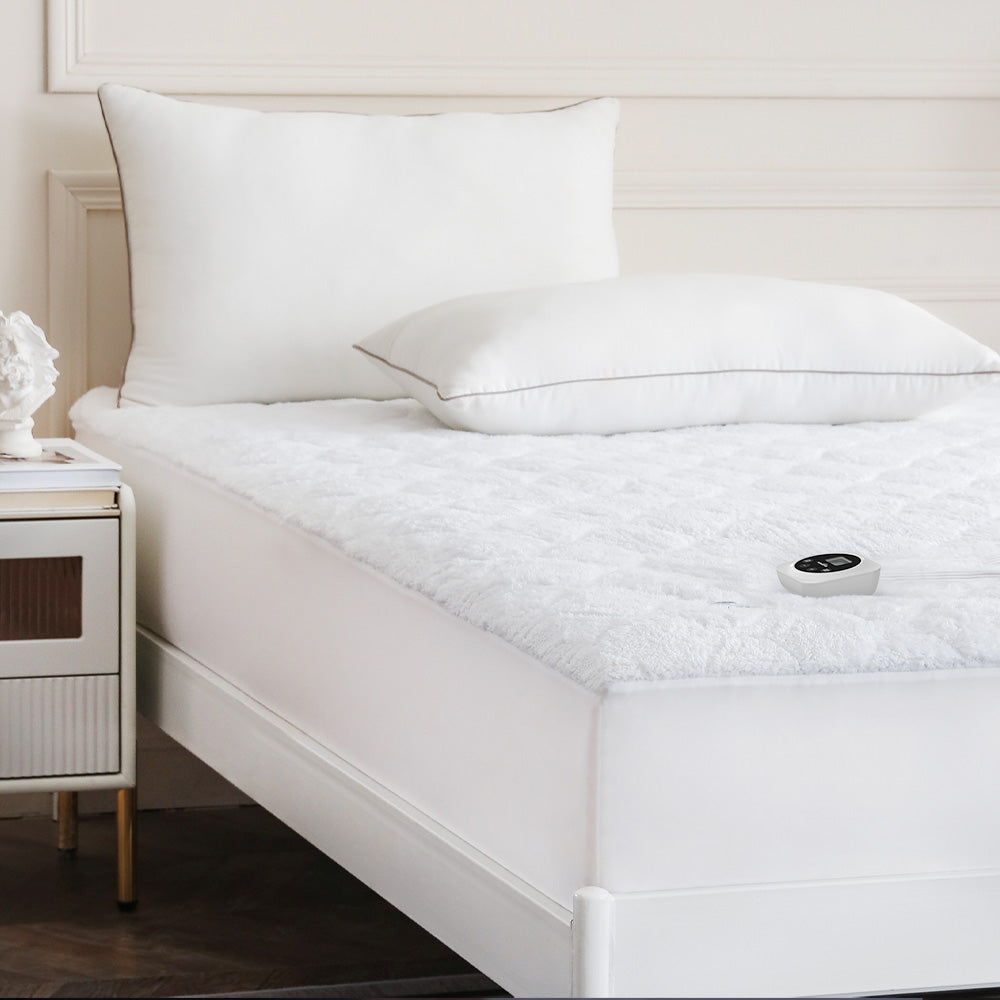

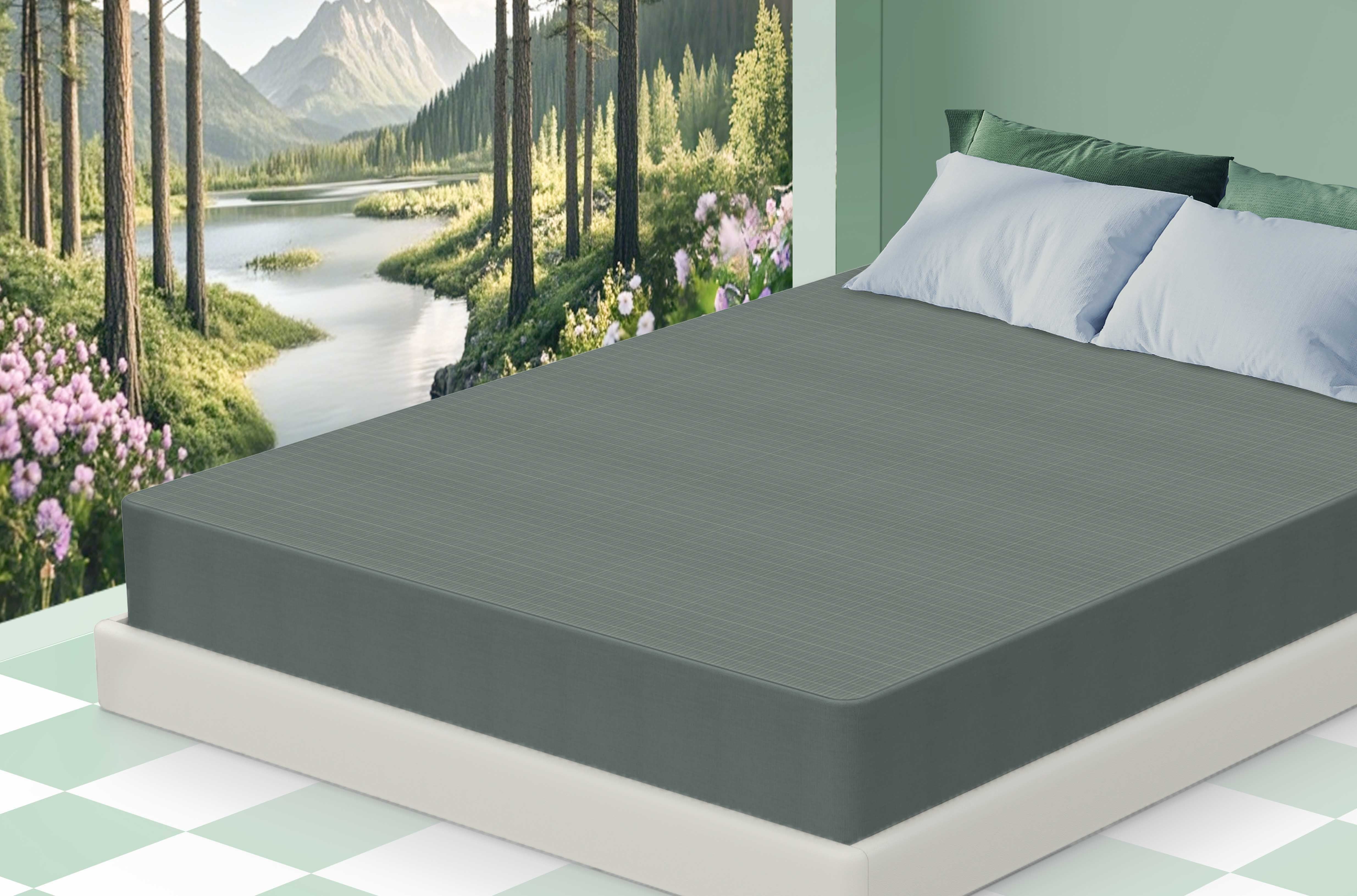

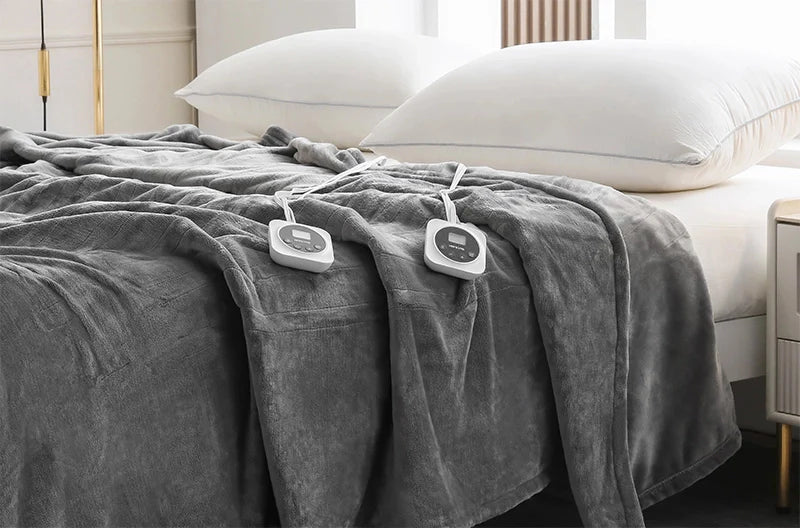
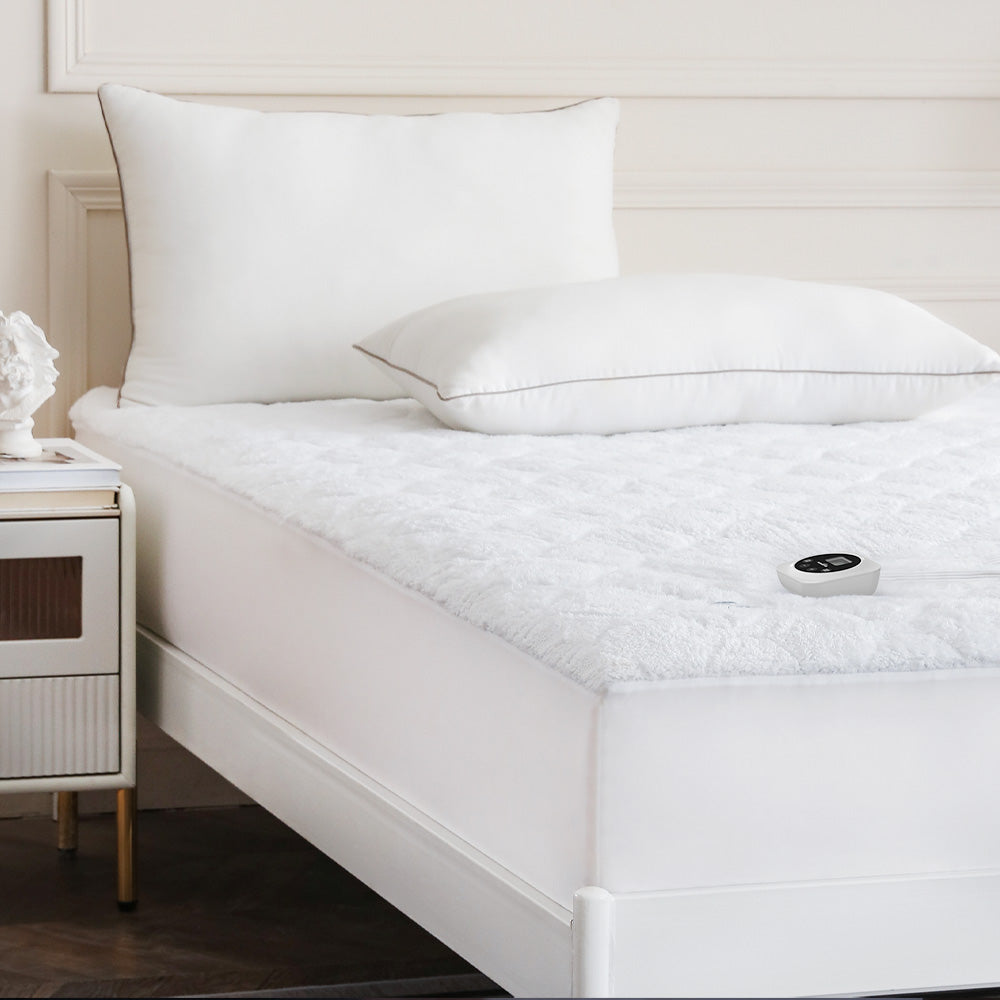

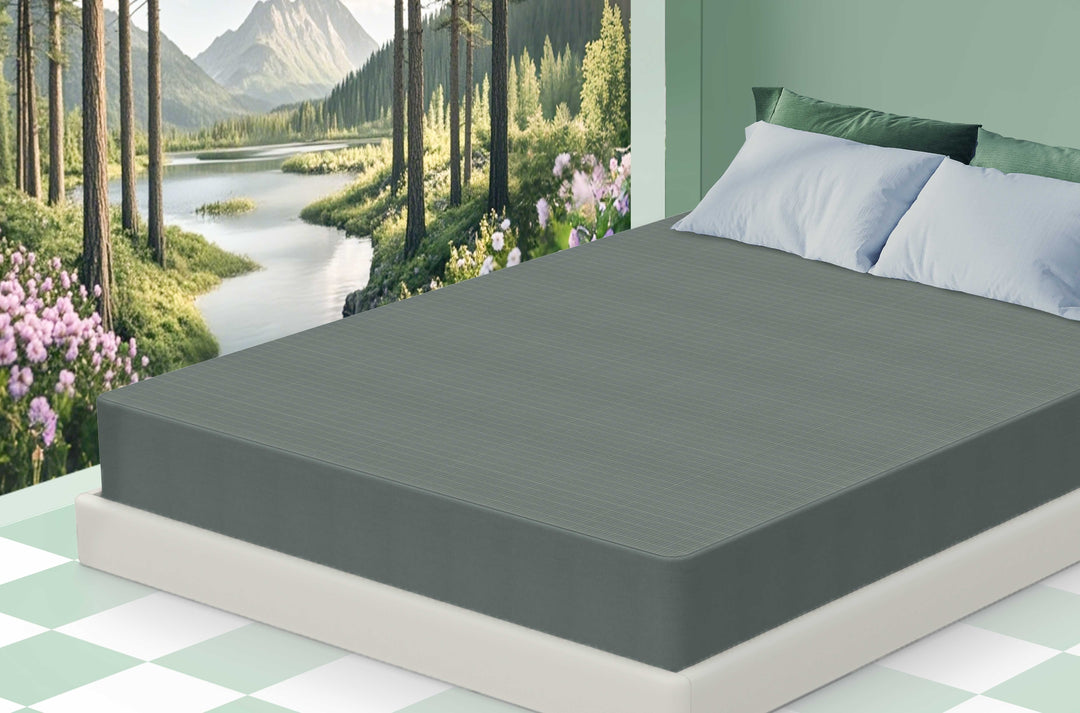



Leave a comment